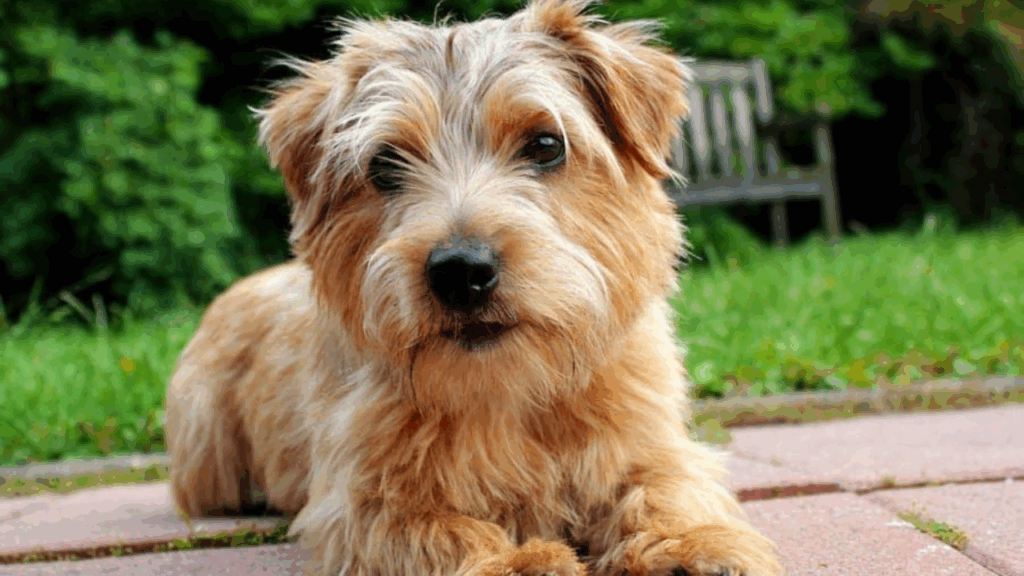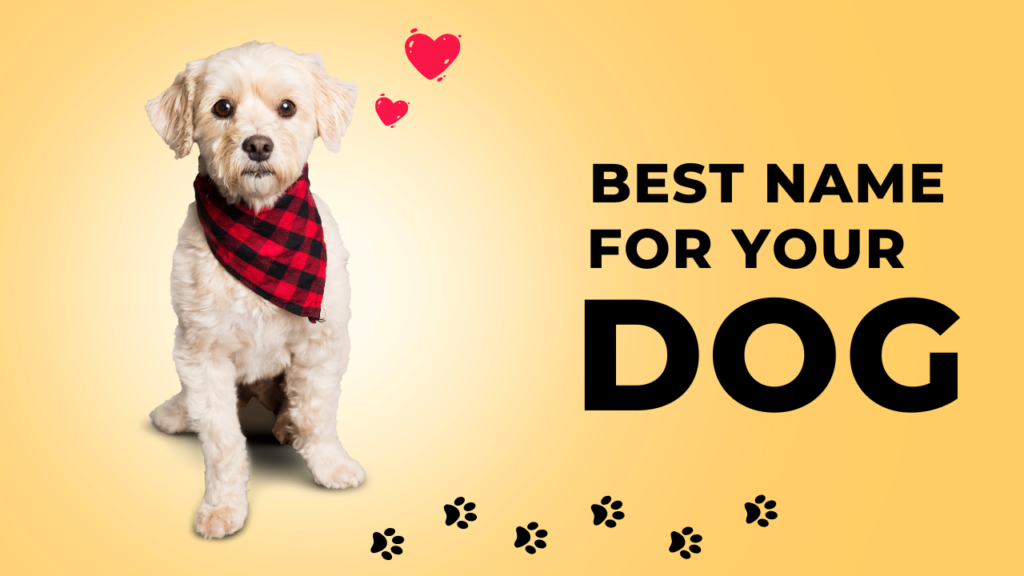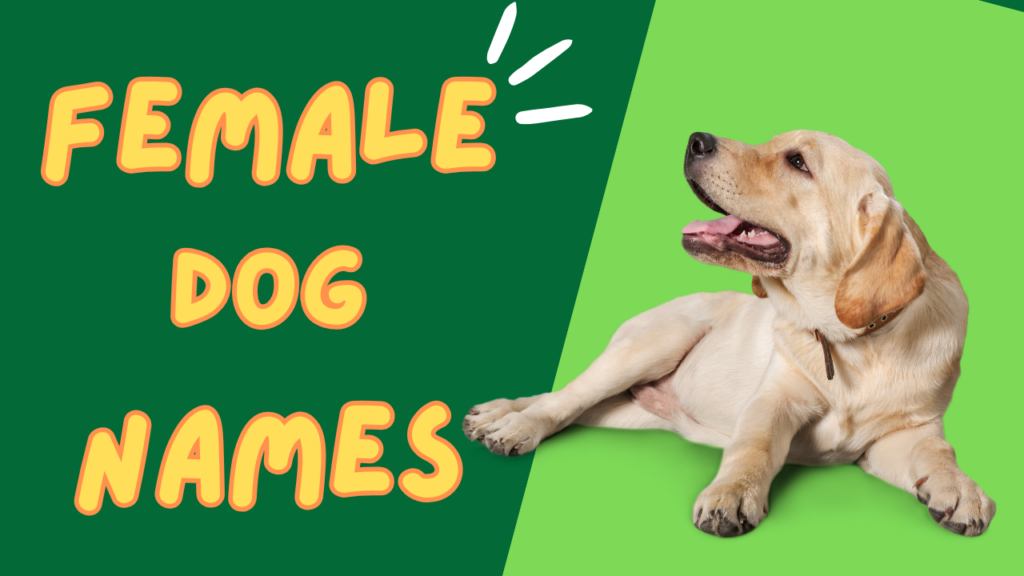The Norfolk Terrier may be small in size, but this compact, fearless breed packs a big personality. Originally bred in England to hunt vermin and serve as a loyal farm companion, the Norfolk Terrier has earned a reputation as one of the most spirited and affectionate terriers. With its distinctive drop ears, wiry coat, and keen expression, the Norfolk is as charming in appearance as it is in temperament.
Despite its petite frame, the Norfolk Terrier is full of energy, curiosity, and confidence. Its endearing personality, combined with a love for both adventure and cuddles, makes it a well-rounded companion for the right home. In this article, we’ll explore the breed’s origins, characteristics, temperament, care requirements, and what makes the Norfolk Terrier a beloved pet.
History and Origins
The Norfolk Terrier shares its roots with the Norwich Terrier. In fact, the two breeds were once considered the same, with the only distinction being the shape of the ears. The Norwich had upright ears, while the Norfolk had drop ears. In 1964 in England, and later in 1979 in the United States, the Norfolk Terrier was officially recognized as a separate breed.
Originally developed in East Anglia, England, during the late 19th and early 20th centuries, Norfolk Terriers were used to hunt rats, foxes, and other small pests. Their small size made them ideal for getting into tight spaces, and their tenacity made them effective hunters. Over time, their affectionate nature also made them popular as household pets.
Appearance
The Norfolk Terrier is among the smallest working terriers, yet it has a sturdy and robust build. It is both attractive and functional, with a look that reflects its working background.
- Size: Standing about 9 to 10 inches tall and weighing between 11 to 12 pounds, the Norfolk is a small yet well-proportioned dog.
- Coat: The Norfolk’s coat is harsh, wiry, and straight, with a dense undercoat that offers protection from the elements. It has a natural, somewhat tousled appearance.
- Color: Common coat colors include red, wheaten, black and tan, or grizzle.
- Ears: One of the breed’s defining features is its drop ears, which fold forward and frame its expressive face.
Its overall expression is alert and friendly, with bright eyes and a tail that’s often carried high, signaling its confidence and enthusiasm.
Temperament and Personality
The Norfolk Terrier has a big heart and a lively spirit. It’s one of the most sociable terriers, known for getting along well with people and other dogs when properly socialized.
- Affectionate and Friendly: Norfolk Terriers are incredibly loving with their families and thrive on attention and companionship. They are good with children and generally friendly with strangers.
- Energetic and Curious: Like most terriers, they are full of energy and enjoy play, exploration, and digging. They love interactive games and outdoor adventures.
- Brave and Independent: Bred to work independently, Norfolks are confident and bold. They are less aggressive than some other terrier breeds but still possess a strong prey drive.
- Vocal and Alert: While not overly noisy, they will bark to alert their owners to any unusual activity, making them effective watchdogs.
Training a Norfolk requires consistency and positive reinforcement. Their intelligence and eagerness to please make them trainable, but their independence means they may occasionally test boundaries.
Exercise and Activity Needs
Despite their small size, Norfolk Terriers need daily exercise to stay physically and mentally healthy. A couple of brisk walks, playtime in the yard, or indoor games can help burn off their energy.
Because of their strong hunting instincts, they should always be in a secure area or on a leash when outside. They love to chase squirrels, birds, or anything that moves.
Dog sports such as agility, rally, or earthdog trials can be excellent outlets for their talents and energy.
Grooming and Maintenance
The Norfolk Terrier’s wiry coat is relatively low-maintenance but does require regular grooming to keep it looking tidy. Weekly brushing will help remove loose hairs and prevent matting. Hand-stripping—a grooming technique where dead hairs are pulled out by hand—is recommended a few times a year to maintain the coat’s texture.
Bathing should be done only when necessary, and routine grooming tasks like nail trimming, ear cleaning, and dental care should be kept up to ensure overall health.
Health and Lifespan
The Norfolk Terrier is a generally healthy breed with a lifespan of 12 to 15 years. Responsible breeding has helped minimize many inherited health conditions, but some issues to be aware of include:
- Hip dysplasia
- Patellar luxation
- Mitral valve disease
- Eye conditions
Regular veterinary checkups and a balanced diet will go a long way in keeping this hardy little dog healthy.
Is the Norfolk Terrier Right for You?
The Norfolk Terrier makes a great pet for individuals or families who can match its energy and provide consistent training. It thrives in homes where it gets regular interaction, exercise, and love. While it can adapt to apartment living, it needs daily activity to prevent boredom and unwanted behaviors.
This breed is ideal for those seeking a small dog with a big personality—a dog that’s always ready to play, cuddle, or alert you to something exciting happening outside. With the right environment and care, the Norfolk Terrier proves to be a loyal, loving, and lively addition to any household.

Andy Parker is a dog lover, writer, and senior editor at BarkPicks. With years of experience covering canine health, training, and gear, he helps pet parents make smarter choices for happier, healthier dogs. Andy shares his home (and heart) with two rescue pups, Charlie and Mia.



